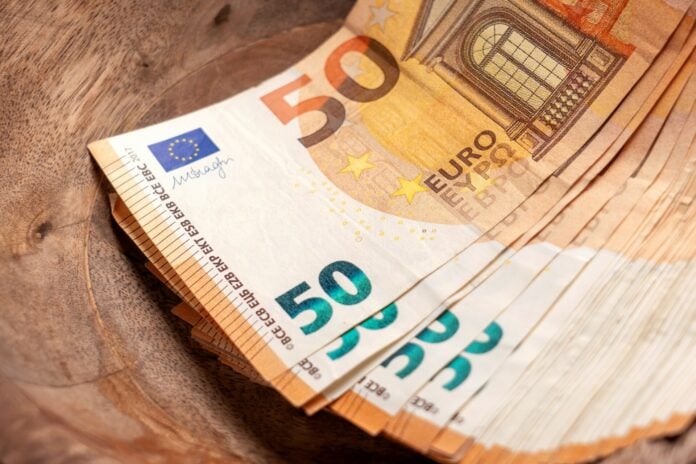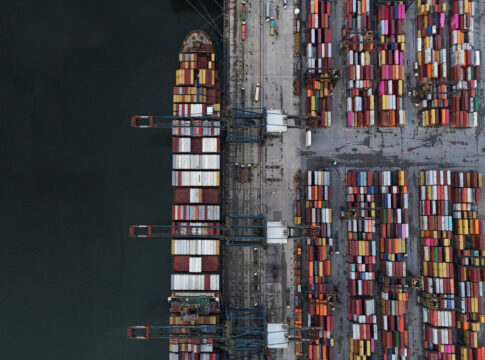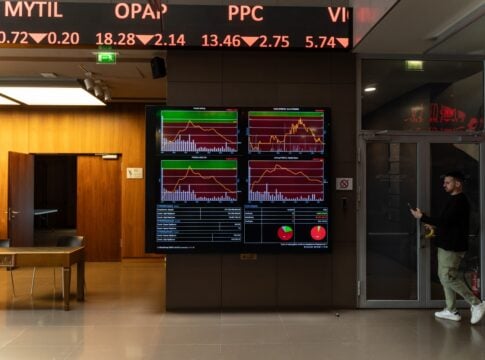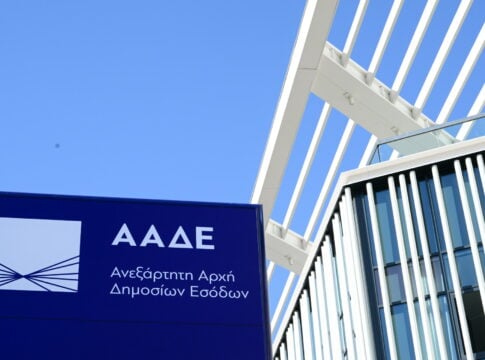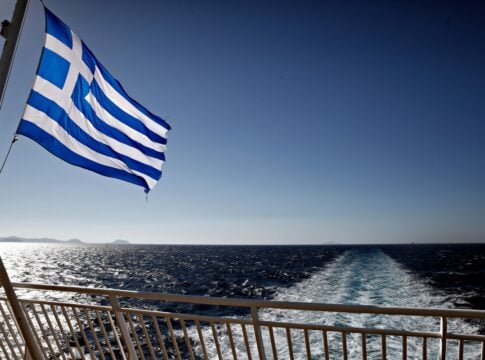As US President Donald Trump’s tariffs have caused a global economic turmoil, the markets are under strong pressure. In this environment, investors are looking for refuge.
They find it initially in the government debt market. The prices of government bonds, both European and American, are rallying and their yields are sinking.
Eurozone short-term bond yields fell to a new two-and-a-half-year low on Monday. The yield on Germany’s two-year bond, which is particularly sensitive to expectations for the ECB’s monetary policy, fell 16.5 basis points to 1.69%, after earlier touching 1.665%, the lowest level since early October 2022. This was the biggest three-day drop since mid-March 2023.
The yield on Germany’s 10-year bond, a benchmark for the eurozone, fell 10.5 basis points to 2.51%, after also touching 2.479%, the lowest level since March 4. On March 5, long-term German bond yields had recorded their biggest daily rise in decades, when German parties agreed to a huge investment package in infrastructure and defense. As for Greek bonds, the 10-year bond sees its yield slip to 3.4%.
Markets are testing Trump’s resolve, but the US president remains unmoved, Rainer Guntermann, strategist at Commerzbank, told Reuters. Money markets are pricing the ECB’s deposit rate at 1.65% in December, down from 1.75% on Friday and 1.9% last week, just before Trump’s announcements. Prices are also pricing in a 90% chance of a 25 basis point cut as early as next week.
Memories of the Great Depression
An escalation of the trade war with retaliatory measures from trading partners and new tariffs from Trump would increase uncertainty and worsen the crisis, warned Holger Schmieding, chief economist at Berenberg, drawing parallels with the trade war that culminated in the Great Depression.
In this environment, the euro is emerging as a safe haven, along with the traditional havens of the yen and the Swiss franc. The euro is up 0.5% at 1.1018 dollars, near six-month highs.
Euro strengthens, which currencies are under pressure
High-risk currencies, such as the New Zealand dollar, as well as the Swedish and Norwegian kroner, are falling against the dollar. Sterling was almost unchanged at 1.2902. The Australian dollar, often used as a gauge of risk appetite, fell to a five-year low and was last trading 0.4% lower at 0.6023.
“The euro has certainly performed really quite well over the last couple of days since we’ve heard about the tariffs,” said Jane Foley, head of FX strategy at Rabobank.
“Maybe that’s related to the euro zone current account position, or maybe it’s just related to investors still moving out of US assets and still not quite sure where they should be moving their money to,” she said.
Although the dollar is usually considered a safe haven, this status appears to be weakening as uncertainty about tariffs grows and concerns about their impact on US growth intensify.


